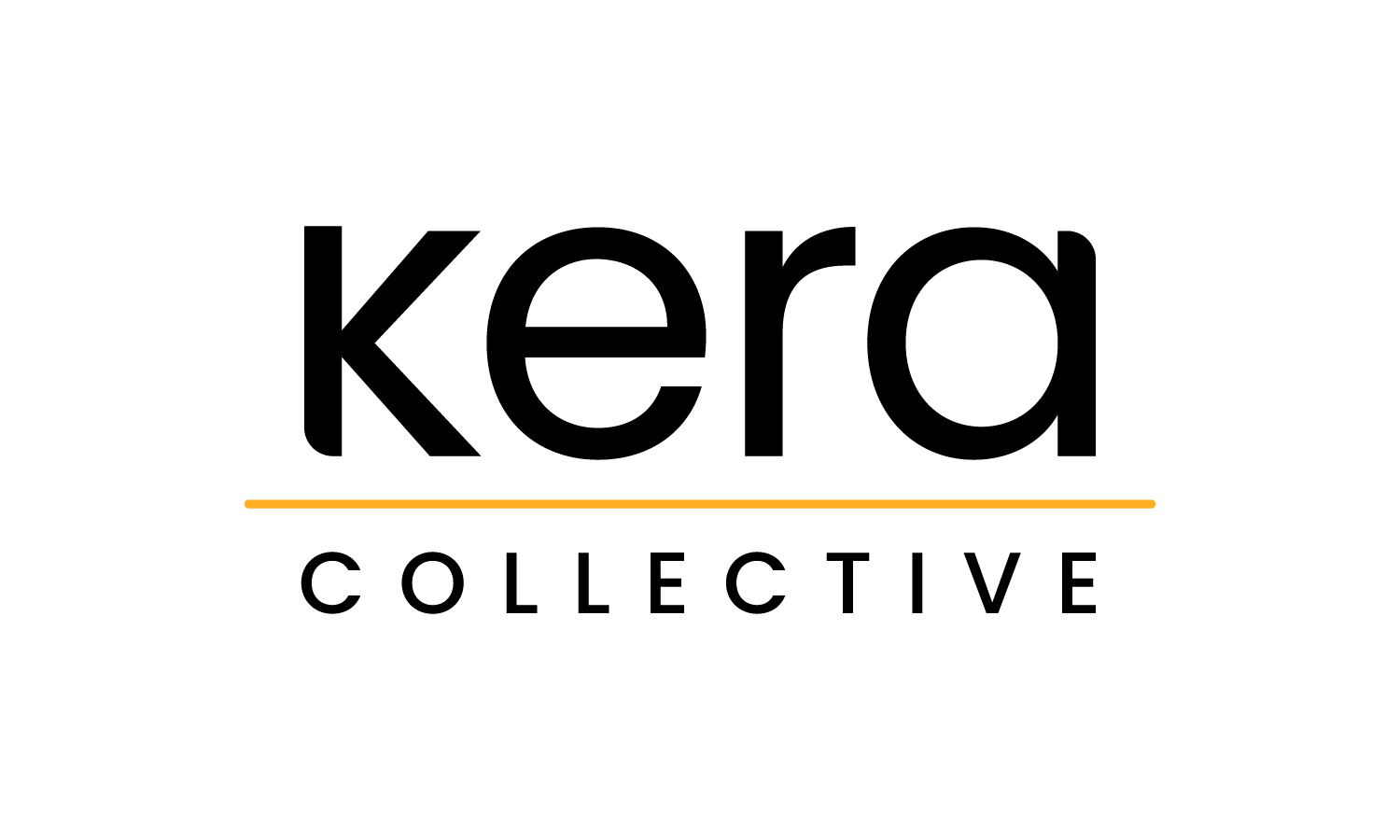Look Closer
Things aren’t always what they seem. The world is complex and always changing. So look close and get curious about why something is the way it is (or isn’t). Perhaps you’ll start to see something familiar in a whole new way.
May Coffee Break Picks
LINA’S PICK
Objects Behind Glass Are Not Just Objects
“Museums in the US have been at the center of repatriation. As the idea of repatriation gains significant traction in museums, there is a heightened understanding of the significance stolen objects hold for origin communities. This article by Hyperallergic allows Sophiline Cheam-Shapiro to share the story of how she was kicked out of the Met for praying to a Cambodian statue of the god Harihara. This statue, which is behind glass, trapped away from its origin, is not just an object to ogle at—it is a statue of significance, and must be returned to its temple and original community.”
AMANDA’S PICK
To Aggregate or Disaggregate? Depends on the Question
“Hidden Brain’s Revealing Your Unconscious: Part 2 podcast with psychologist Mahzarin Banaji prompted a second listen for me. You may not know Banaji by name, but you might know her work on implicit bias and the Implicit Association Test (IAT). Currently, there is a lot of talk about the importance of disaggregating data for data equity. I was interested to hear Banaji describe the value of aggregating data to identify correlations that explore systemic issues. The episode really highlighted for me the value in measures at the aggregate and individual level depending on the research questions.”
EBONY’S PICK
Look Past the Numbers
“In Art Out Loud, Nia McAllister, Senior Public Programs Manager of the Museum of the African Diaspora (MoAD), provides tangible examples of change-making and participatory public programming in museums, diving deep into MoAD’s Open Mic Night. Examining Open Mic Night as a case study, McAllister discusses what the success and impact of a museum program look like; rather than solely understanding program success through numbers, we can reflect on ‘the impact when people feel seen, heard, and trusted with the agency to help craft the event space themselves.’ I found the piece helpful in providing clear examples of how museums can create participatory programs and actively engage in ‘public discourse’ and ‘authentic change-making.’”
What’s New At Kera?
Last month, Cathy was featured on Matters of Experience, a podcast by Lorem Ipsum Corp about the creativity, innovation, and psychology driving designed experiences and encounters. She spoke to hosts Brenda Cowan and Abigail Honor about how we use human-centered research to help museums connect with their audiences and shape great visitor experiences. Follow this link to tune in and read the transcript!
We’ve uploaded many new project summaries to our website—check them out here.
Last month on our Learning Hub, Emily shared four things to keep in mind when writing audience outcomes, and Amanda wrote about pursuing care ethics in her work.
Moment of Wonder
“My family and I spent spring break hiking in Zion National Park and Bryce Canyon National Park, and I continue to be wowed by the unique beauty of our national parks and how different they all are! This image is from Bryce Canyon, which has the largest collection of hoodoos (rock spires) in the world. Bryce Canyon also got a lot of snow recently which added such amazing contrast against the red rocks and clear blue sky.”
— Emily




